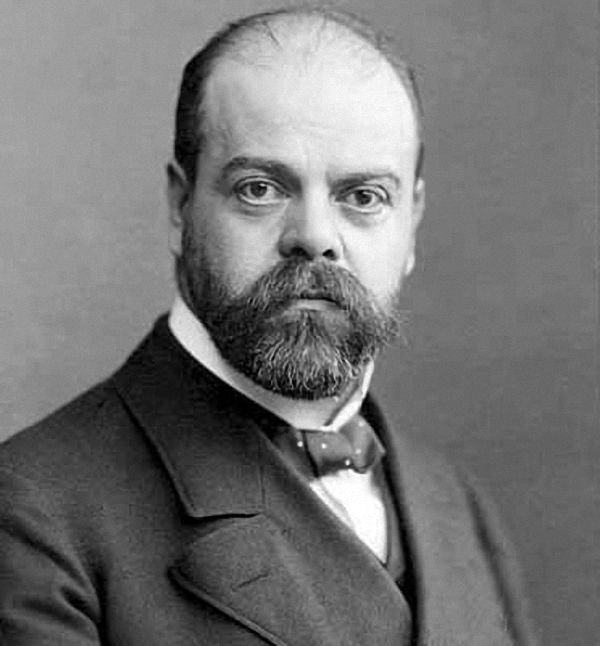 |
| Parvus |
Anthony C. Sutton is a libertarian conspiracy theorist
whose book "Wall Street and the Bolshevik Revolution" argues that the
Bolsheviks were financed by foreign powers, such as Germany, and then by the
capitalists that supposedly were their opponents. Sutton believes that the Wall
Street bankers and US monopolists wanted Russia to become a huge "captive
market", and that the Communist regime made this possible.
The question of contacts between Bolsheviks and capitalist groups is surely an interesting one. Indeed, I don't think any serious historian denies that such contacts existed. But why did they exist? To what extent? And was it really a "conspiracy" in the sense conspiracy theorists believe? After all, there are always strange bedfellows in politics. What about the CIA and one Usama bin-Laden?
My main objection to this book is that it contains several pretty elementary factual errors, and a number of absurd interpretations. This makes the book highly problematic, perhaps even worthless, as source material. The authors research has been sloppy, so why should we trust him on anything? I therefore recommend customers to buy other books on Russian history. If you want to buy this one, do it simply because of interest in conspiracy theory, not out of interest in the actual issues covered.
Here are some of the errors and misinterpretations I managed to find:
Page 19. Sutton claims that there was a 700,000 strong Green Army during the Russian Civil War, which fought both Reds and Whites. He wonders why no history book ever mentions it. Simple: it did not exist. Peasant guerillas sometimes called "Greens" did exist, but they were never centralized into an army. Perhaps Sutton is referring to the great peasant rebellion in Tambov? But that rebellion is well known. He is explictly not referring to the equally well-known Makhnovists. Sutton's Green Army seems to be a hallucination.
Page 25. Sutton writes that Trotsky crossed the Finnish-Russian border at Tornea on June 13, 1917. This is a double mistake. Tornea is situated at the Swedish-Finnish border, not the Finnish-Russian border. Moreover, since Finland was still controlled by Russia at the time, the border was strictly speaking the Swedish-Russian border! Finland didn't become independent until December 6, 1917.
Page 33. Sutton claims, on the authority of Canadian intelligence, that Trotsky was a German agent, and even an ethnic German. The "proof" is Trotsky's real name, Bronstein. But this is not a German name at all, but a Jewish name. The Jewish language Yiddish is derived from German, but it was spoken by Jews in Russia as well. This is common knowledge, yet Sutton doesn't seem to know it. (That a lone Canadian intelligence operative didn't is perhaps more excusable.) Sutton also claims that the name "Trotsky" is Polish, citing this as another suspiscious fact. But some Bolsheviks were Polish, Felix Dzerzhinsky being the most notorious. Nor is this surprising, since Poland was controlled by Russia during the period in question!
Page 47. Sutton quotes a Moscow newspaper, presumably published by the Kadets, complaining about the "social revolutionaries" getting money from the West. Since I haven't seen the original article, this may be risky to judge. But please note that there was a Russian political party called SRs or Social Revolutionaries. The article might therefore be about them, rather than about the Bolsheviks, who, as far as I know, were always referred to simply as "bolsheviki".
Page 52-53. While the Mexican Revolution is surely a complicated story, Sutton's analysis of it is mystifying, to say the least. He seem to think that Pancho Villa and Carranza belonged to the same faction, when in reality they often fought each other. Carranza's faction was the most moderate one during the Revolution, which explains why the US supported him once he was firmly in power. After all, Carranza wanted to suppress the radicals around Villa and Zapata. That the Mexican Constitution was written by "Trotskyites" is an absurd statement, since there were no "Trotskyites" in Mexico in 1917. The claim that the constitution was "Soviet-type" is also problematic. It was a very radical document, to be sure, but Mexico has never been socialist! But perhaps Sutton has such a broad definition of socialism that even Mexico becomes socialist?
These, then, are some of the errors I found in this book.
No comments:
Post a Comment